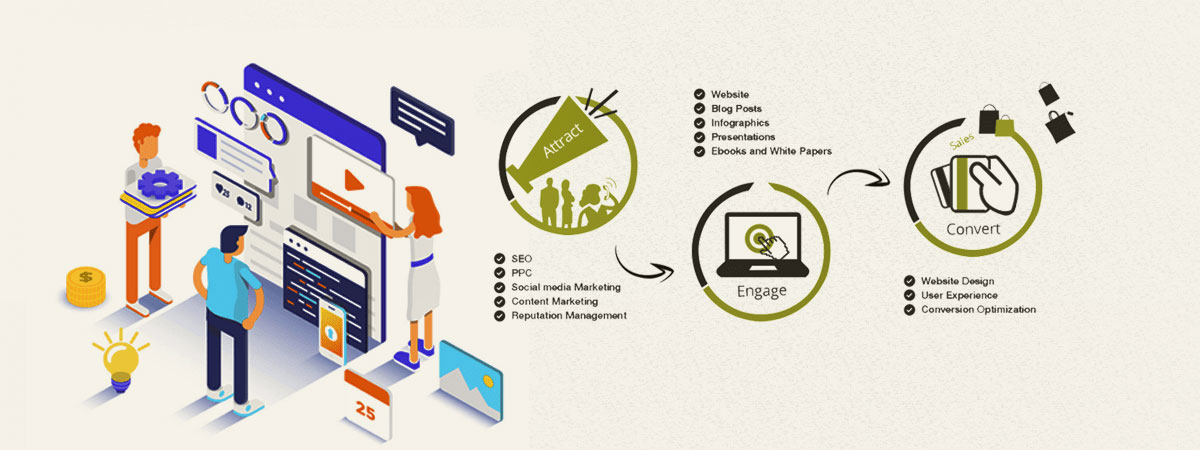Join Us As We Start A Trip Via Time, Exploring The Advancement Of Internet Site Design And How It Has Actually Affected The Digital Landscape
Join Us As We Start A Trip Via Time, Exploring The Advancement Of Internet Site Design And How It Has Actually Affected The Digital Landscape
Blog Article
just click the following page -Monroe Wong
In the past, internet sites were basic and concentrated on info. https://what-are-seo-plugins73951.ziblogs.com/29999250/necessary-info-for-small-business-owners-relating-to-local-search-engine-optimization-providers was straight, and design was for desktops. Currently, individual experience is key. Data guides layouts for easy navigating. Responsive formats fit different tools. Today, dark setting decreases strain, and minimal food selections enhance navigating. Interactive features engage customers, and vibrant visuals stand apart. AI combination enhances engagement. See just how layout has evolved to improve your on-line trip.
Early Days of Web Design
In the very early days of website design, simplicity reigned supreme. Web sites were fundamental, with limited colors, fonts, and designs. The emphasis got on giving info rather than flashy visuals. Users accessed the web with slow-moving dial-up links, so speed and functionality were vital.
Navigation menus were straightforward, commonly situated at the top or side of the page. Internet sites were created for computer, as mobile surfing wasn't yet widespread. Web content was king, and developers focused on easy readability over complex design elements.
HTML was the primary coding language used, and designers had to work within its constraints. Animations and interactive attributes were very little contrasted to today's requirements. Sites were static, with little dynamic web content or tailored user experiences.
Rise of User-Focused Layout
With the advancement of internet site style, a change towards user-focused layout concepts has actually come to be significantly prominent. Today, producing internet sites that focus on individual experience is important for engaging site visitors and achieving business objectives. User-focused layout involves understanding the needs, preferences, and habits of your target market to tailor the web site's format, content, and features as necessary.
Developers currently perform extensive research study, such as customer studies and functionality testing, to collect insights and responses straight from customers. This data-driven method assists in producing instinctive navigating, clear calls-to-action, and visually attractive user interfaces that reverberate with site visitors. By placing the user at the facility of the design procedure, websites can deliver a much more personalized and satisfying experience.
Receptive layout has additionally emerged as a key element of user-focused design, guaranteeing that websites are enhanced for numerous devices and display sizes. This flexibility enhances ease of access and functionality, accommodating the diverse means users communicate with sites today. In essence, the rise of user-focused layout symbolizes a change in the direction of developing electronic experiences that prioritize the needs and assumptions of completion customer.
Modern Trends in Website Design
Explore the latest patterns shaping web design today. One noticeable pattern is dark mode layout, using a streamlined and modern-day appearance while lowering eye pressure in low-light environments. One more vital trend is minimalist navigation, streamlining menus and improving individual experience by concentrating on essential elements. Including professional website designer -interactions, such as animated switches or scrolling effects, can produce a more interesting and interactive web site. industrial website design stays important, making sure seamless customer experiences throughout numerous tools. Furthermore, making use of bold typography and asymmetrical formats can include visual rate of interest and draw attention to specific content.
Incorporating AI modern technology, like chatbots for consumer support or individualized suggestions, improves user interaction and improves processes. Ease of access has additionally become a considerable pattern, with developers prioritizing comprehensive design practices to cater to diverse customer demands. Embracing sustainability by optimizing website efficiency for speed and effectiveness is one more arising fad in website design. Collaborating with user comments and data analytics to iterate and boost layout continuously is crucial for staying pertinent in the ever-evolving digital landscape. By accepting these contemporary trends, you can produce an aesthetically attractive, straightforward website that reverberates with your audience.
Verdict
As you reflect on the evolution of site style from the very early days to now, you can see exactly how user-focused design has actually ended up being the driving force behind modern-day fads.
Embrace the journey of change and adaptation in website design, constantly keeping the individual experience at the center.
Stay existing with the most recent trends and technologies, and never ever quit developing your approach to create visually spectacular and user-friendly websites.
Progress, adjust, and produce - the future of web design remains in your hands.
